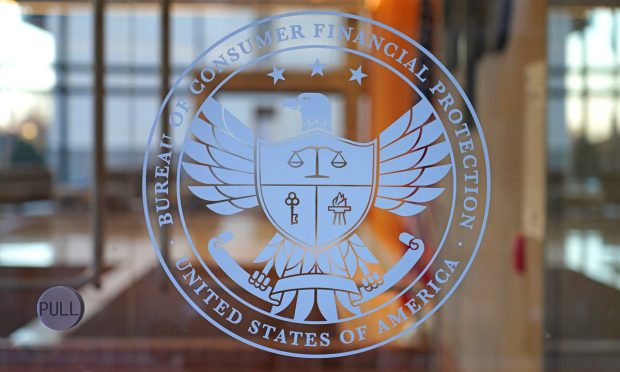CFPB: Millions of Renters at Risk Without COVID Relief

Millions of American renters and their families are at risk of economic harm from the COVID-19 pandemic as federal and state relief programs wind down, the Consumer Financial Protection Bureau (CFPB) said in a new report.
The report, released Friday (Sept. 17), concludes that some government relief efforts helped people hold onto financial stability during the pandemic.
The CFPB compared homeowners to renters and learned that on average, renters saw their economic fortunes improve due to programs like stimulus payments and added/extended unemployment benefits.
These renters were more likely to be Black or Hispanic, more likely to be women and more likely to have lower income, the report said.
“Past recessions and depressions have seen communities of color and low-income communities of all races and ethnicities left behind when the broader economy recovers,” CFPB Acting Director Dave Uejio said. “We cannot repeat that history.”
The agency says the country needs to “amplify and protect” the gains renters made to ensure an equitable recovery from COVID.
The report found that before the the pandemic, average credit scores for renters were 86 points lower than scores of homeowners with mortgages and 106 points lower than homeowners without mortgages. But despite the poor labor market during the pandemic, renters saw their financial conditions improve, with their credit scores growing by 16 points, compared to 10 points for homeowners with mortgages and 7 points for other homeowners.
Another finding in the report was that renters saw more improvement in their financial condition due to government intervention when compared to homeowners, with things like delinquency, credit card use and credit card debt falling in the wake of stimulus payments and changes to unemployment.
Read more: CFPB: Credit Applications Returning To Pre-Pandemic Levels
In July, the CFPB released a report that found that consumer applications for mortgages, car loans and revolving credit cards had more or less gone back to pre-pandemic levels.
According to the report, prime and near-prime consumers are the chief drivers for this recovery, with applications from subprime and deep subprime borrowers still low for all types of credit, with the exception for super-prime borrowers, who are still shopping for mortgages.
